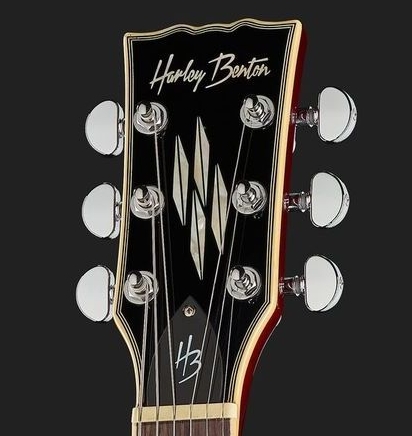Howdy, Stranger!
It looks like you're new here. If you want to get involved, click one of these buttons!
Categories
- 248.2K All Categories
- 22 >> Start Here <<
- 12 New Members
- 8 FAQs
- 88.9K Gear
- 40.5K Guitar
- 3.5K Acoustics
- 1.3K Bass
- 15.1K Amps
- 17.6K FX
- 359 Digital & Modelling
- 785 Other Instruments
- 8.5K Making & Modding
- 432 Gear Reviews
- 108 Guitar Reviews
- 74 Amp Reviews
- 119 FX Reviews
- 90 Other Reviews
- 756 Made in the UK
- 988 Theory
- 1.9K Technique
- 2.2K Live
- 3.2K Studio & Recording
- 2.2K Making Music
- 232 Events
- 15 Guitar Show 2018
- 867 Plug My Stuff
- 108.2K Classifieds
- 42.3K Guitars £
- 2.9K Acoustics £
- 146 LH Guitars £
- 925 Basses £
- 11K Parts £
- 18.8K Amps £
- 35K FX £
- 2.9K Studio & Rec £
- 6.3K Misc £
- 472 Personnel
- 56.2K Chat
- 37.5K Off Topic
- 1.2K Tributes
- 6.8K Music
In this Discussion
Become a Subscriber!
Subscribe to our Patreon, and get image uploads with no ads on the site!
The "Bridge" Of Wood In Telecaster Control Cavity
 BillDL
Frets: 9016
BillDL
Frets: 9016
I've just finished working on a modern quite good quality Telecaster copy and I have been reminded of the nuisance "bridge" of wood that is left in the middle of the control cavity of some Telecasters and copies. It's a pain in the neck because it lines up right under the volume pot and if you are connecting the capacitor from volume pot to tone pot you have to leave slack on the legs of the capacitor and hope that there is going to be enough space to get the control cover down. On some bodies the rout under the tone pot is shallow enough that you have to think about whether a capacitor in the alternative wiring from the tone pot leg to the body of the same pot is going to have enough space. I've embedded a couple of images showing this bridge of wood in bodies of what I think are a late 60s, a Squier, and an American Standard. From what I can remember this was present in older ones and is still present in some newer ones, but there was a time when the rout was of uniform depth throughout.
I can see from the bottom one (American Standard?) that a grounding tab
is screwed down tyhrough the lacquer probably into shielding paint, and it makes sense for it to
be screwed there rather than risk a screw going out the back of the
body, but not all the guitars with this bridge of wood had shielding
paint or a grounding tab.
Does anybody know why Fender chose to leave that bit of wood instead of just routing out the entire cavity, and why some makers of Tele copies have chosen to do the same?
0 LOL 0
LOL 0 Wow! 0
Wow! 0 Wisdom
Wisdom
 LOL 0
LOL 0 Wow! 0
Wow! 0 Wisdom
Wisdom Base theme by DesignModo & ported to Powered by Vanilla by Chris Ireland, modified by the "theFB" team.


Comments
Good place to put that tab I suppose, but where is the shielding it connects too?
Instagram
The "bridge" would be a serious obstacle to installing a Fishman Fluence Gristle Tone outfit.